

Discover more from Pelican Quilts
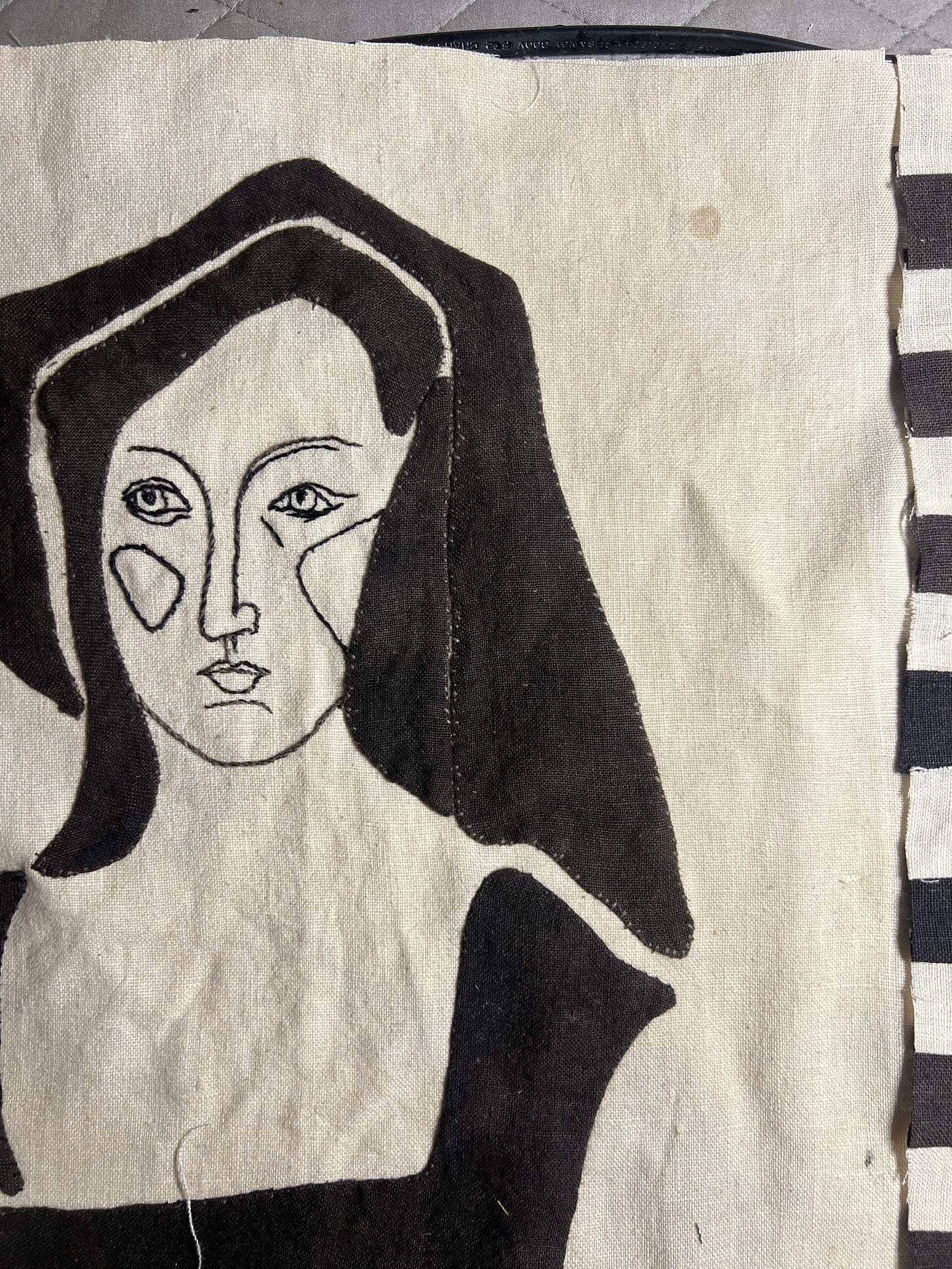
“Work dirty” goes through my mind as I work. As I pause in hesitation. When I began working with natural dyes I produced pieces of fabric that were stained, streaked and splotchy. Far from the perfectly consistent colors I hoped for. Over the last five years I have improved, but only so much. I make intricate quilts with stains before they have even been use. A mark like a stain in a conspicuous bright white area. It is obvious and noticeable. This piece will have taken hundreds of hours by the time I’m done. It has a splotch of dirt right there for everyone to see.
For many years I refused to make quilts. I was afraid that I would not be able to make something as beautiful as I imagined. Making art and making beautiful things is a big part of what makes life worth living for me. I was afraid I would hate what I made. Afraid to hate my life.
A frequent question I get about my quilts is whether or not these natural dyes will stay fixed. What will happen to them over time? This plagued me and stopped me from starting to dye and quilt for many years. Naturally dyed quilts, especially linen ones, are affected by sunlight, acids and bases, and wear and tear. Like any textile, they won’t last for ever but eventually they will turn back into dust. To dirt. Oh, eventually my dirty quilt will be exactly that, a dirt quilt, dirt. One day I decided that I would make a quilt that I didn’t like completely and that would not last forever. I would make one that might fade or fall apart. This decision to act has led me to continue my research on how to make better dyes, to mordant the cloth well so that the color will last, how to store the fabrics out of the sun, how to wash them carefully. The quilts that have lived in my house for the last several years are still bright and beautiful. Full of color. They will not last forever but they will live longer than they would have if they had never been made at all.
The philosopher Hegel referred to me - my kind of useless perfectionists as the Beautiful Soul. The beautiful soul is lovely name for an approach to life that Hegel critiqued. He said, "The beautiful soul, in order to maintain its own self-certainty, disparages the ordinary activities of life, as also the corresponding requirements of its own nature and of the nature of others; it depreciates these things as far beneath itself, and exalts itself to an attitude of virtue and sanctity."
The beautiful soul lives in the imaginary world, one that is perfect and harmonious. The only place it will ever be so. This is the world of the perfectionist. What could be so low-stakes as the making of a quilt? But for the perfectionist, my own virtue is always stake with every action.
I feel this more strongly as I writing. Each word stains my virtue. My sacred soul is dirtied as I write these imperfect words. I am more comfortable with the imaginary great words, essays and books I may write than with my trifling sentences.
Why do I rather something imaginary than real? Why do I prefer an imaginary quilt to a warm and substantial one? The beautiful soul wants to be certain before they act. They are, rather, I want to maintain a position of virtue. I want the moral high ground. To be on the right side of history. I want to avoid the risk of freedom, of not knowing, of consequences and making mistakes. Hegel names this character, this position, as the beautiful soul because this is how I see myself. He could have called it the self-righteous soul, since this is another term for what I am. But the beautiful soul captures the allure of this life. Doing things is complicated and messy. I immediately lose my of moral purity. My soul is beautiful in the abstract. All the messy realities of the human existence are so dirty. Just like my quilt. Stained. Marked.

I struggle to find the perfect way to make the art exactly represent the what I have in our mind’s eye. Writers know that words are limited in how they can represent ideas. Language lacks the exact specificity to say what we mean. That is also true for me in fabric. The linen won’t turn on the points. It shifts and pulls. The dyes take up in unexpected ways.
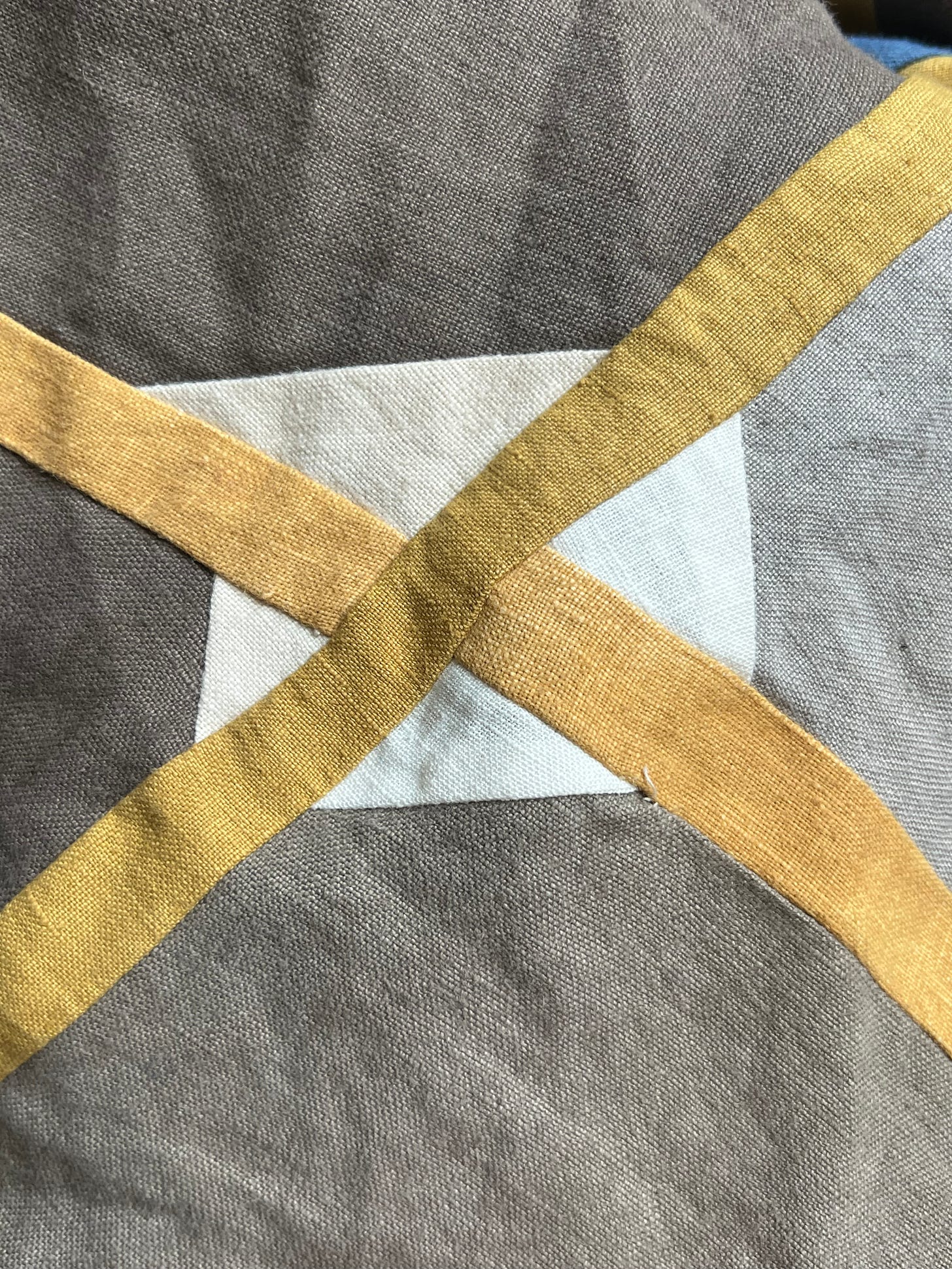
But at times I get lucky when these failures make the work come alive. People often respond to a misplaced block or a splotchy dye job with statements of approval. “Keep it!” At times I disagree and I go back and fix it, but then there are times where I like the asymmetrical, the streaks and even the misaligned seams.
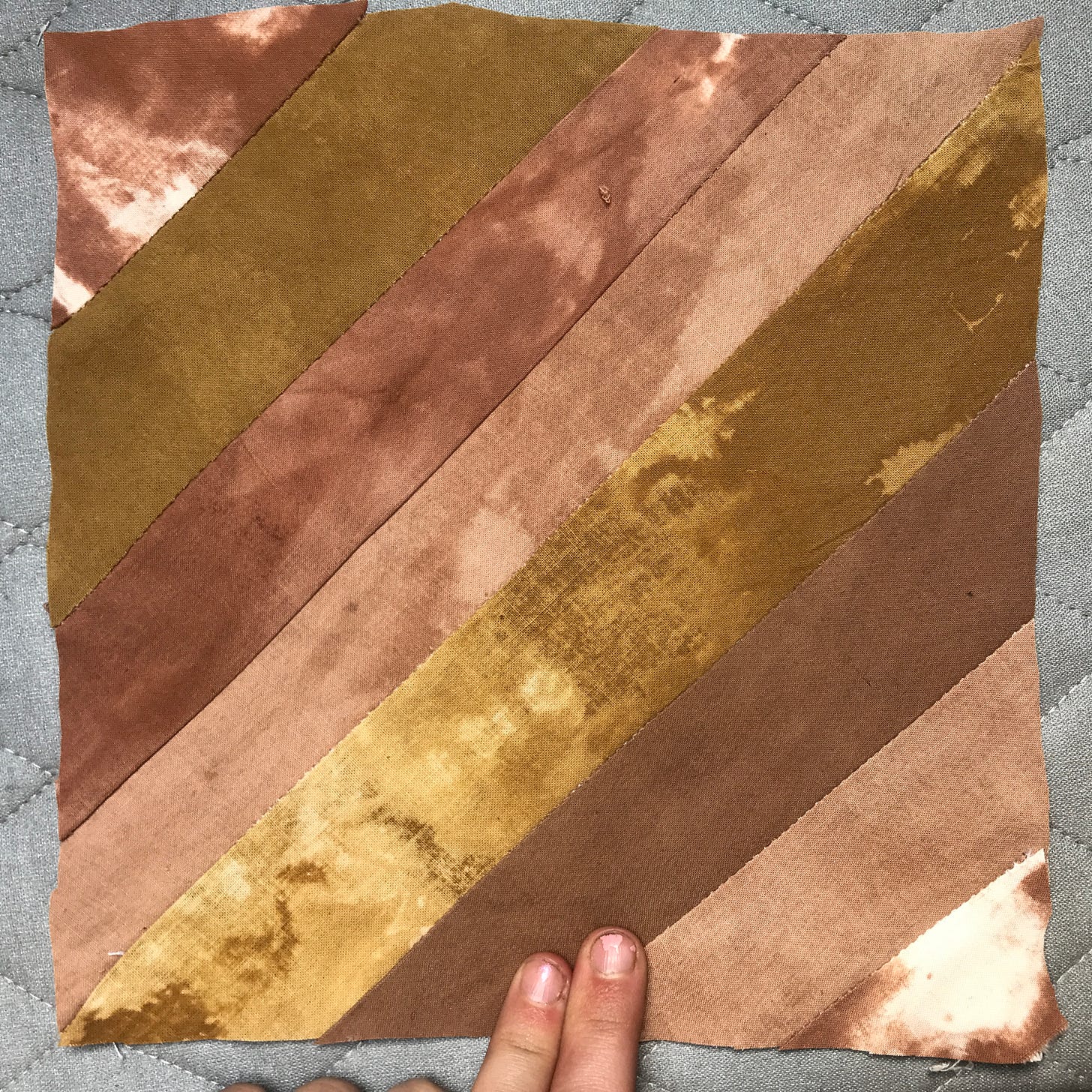
The problem with language and art goes even deeper. We imagine that we can bring art from our mind to reality. Artists work to articulate the thing they sense through some medium or other. The pain or beauty or idea we see. But the idea isn’t just one thing. It isn’t complete or clear. Until it exists it might seem to be something we can see clearly, but this is an illusion. We don’t know are pain and pleasure or what we want. As we attempt to create it in the material world, it eludes us because it doesn’t actually exist as a something inside of us. I blame my abilities, assuming that if I were more skilled or if I found the perfect medium I would finally make my masterpiece.
It’s hard to knowing that I will always miss the mark of what I am trying to say. The silver lining is that this gap between what I want and what I make propels me to try again. It keeps me making the next thing.
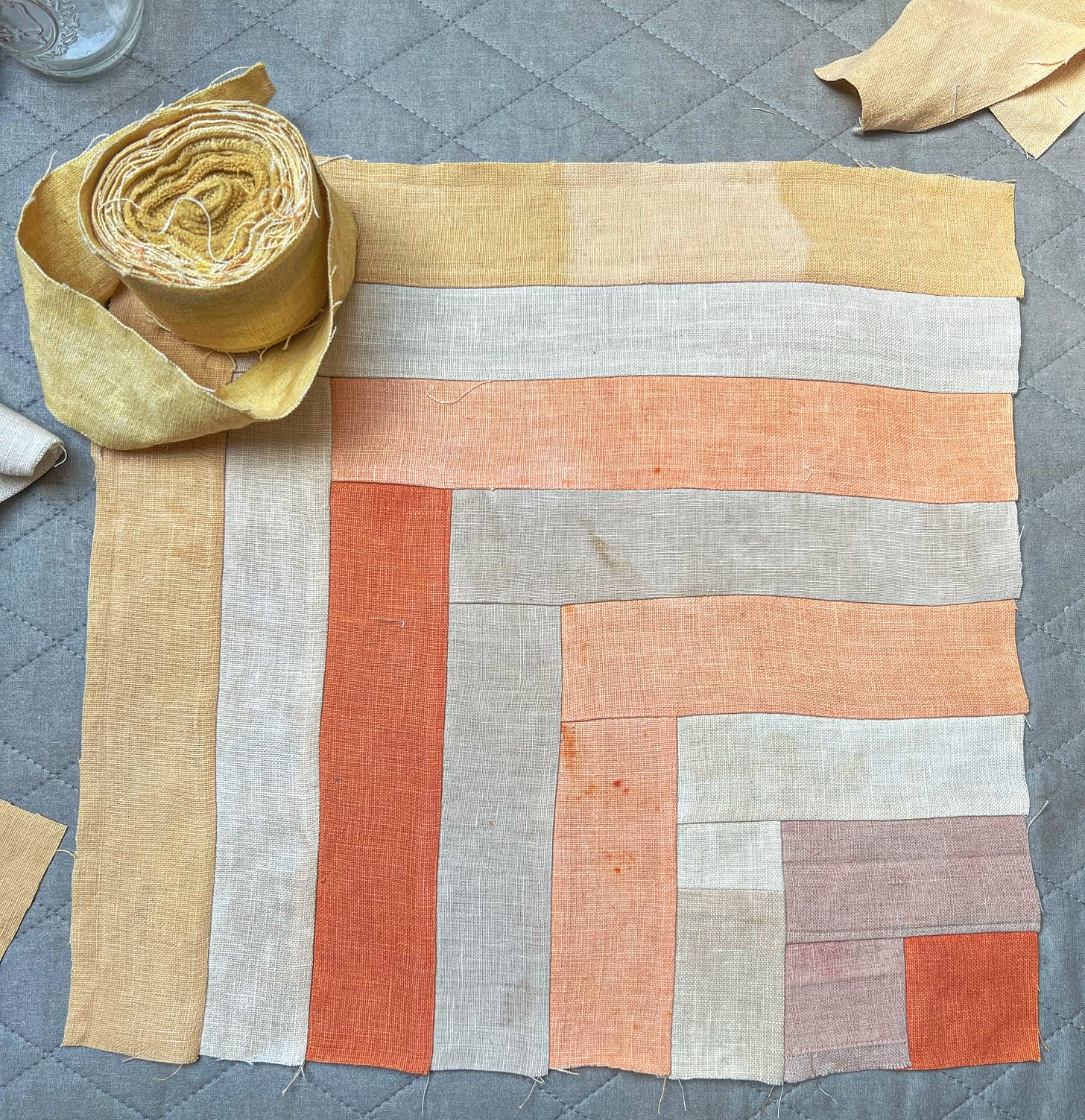
I deal with this in every area of my life. As a mother, a friend, an artist, a leader, a storyteller, a researcher, a writer.
Working dirty has been particularly hard for me as a writer. If we are going to say anything, I must say it wrong. That means I will offend and hurt others. On the internet this can be exhausting. Even people who I like quickly rush in and call me out and cut me off and block me. The fast paced space of social media is hardly the place to have in depth discussions. I sympathize with being easily triggered and wanting to create walls - blocking people who offend me. How can you tell when someone is just getting off on rilling you up and someone who holds a different opinion that could help you sharpen your own idea? How can you tell the difference between someone who is working dirty and someone who want to play dirty for the sake of the dirt? An even more difficult question for me has been, how can I tell the difference between when I’m there to do real work and there to take offense?
Looking for ways to work through these ideas slowly and careful is good, but even with long form or in person I know that I will always fall short. Every attempt to say or do anything carries with the risk of being wrong or at least being unable to communicate what I mean. But I must still get the work out, get the words out, get the stitches on the cloth. To be an artist for me means to have an impact of some kind. To hear feedback means to be impacted in return. It’s a process of being bruised and bruising in return. To love is necessarily the possibility of hurting and being hurt.
This doesn’t mean that we should be necessarily satisfied with art we don’t love or love that hurts. I think it's the dream of the beautiful soul brought into the real world that can carry us forward. It will hurt though every time we fail to make, to love, to build. That is the nature of the beast.
In my work life I am an educational game designer. My spouse and I started a public media studio several years ago. I had some of hesitation about designing video games and putting them in classrooms. I asked him, “What if we are wrong? What if this hurts schools and kids more than it helps?” He responded, “Well, this is my best idea. I can only hope it’s a good one but you never can be sure.”
His response surprised me and bolstered me at the same time. I had been stuck for years trying to make decisions and needing to know before I started that they were good ideas. I see real courage in what he said. All we have is our best idea. Then we get feedback and try again to do better next time.




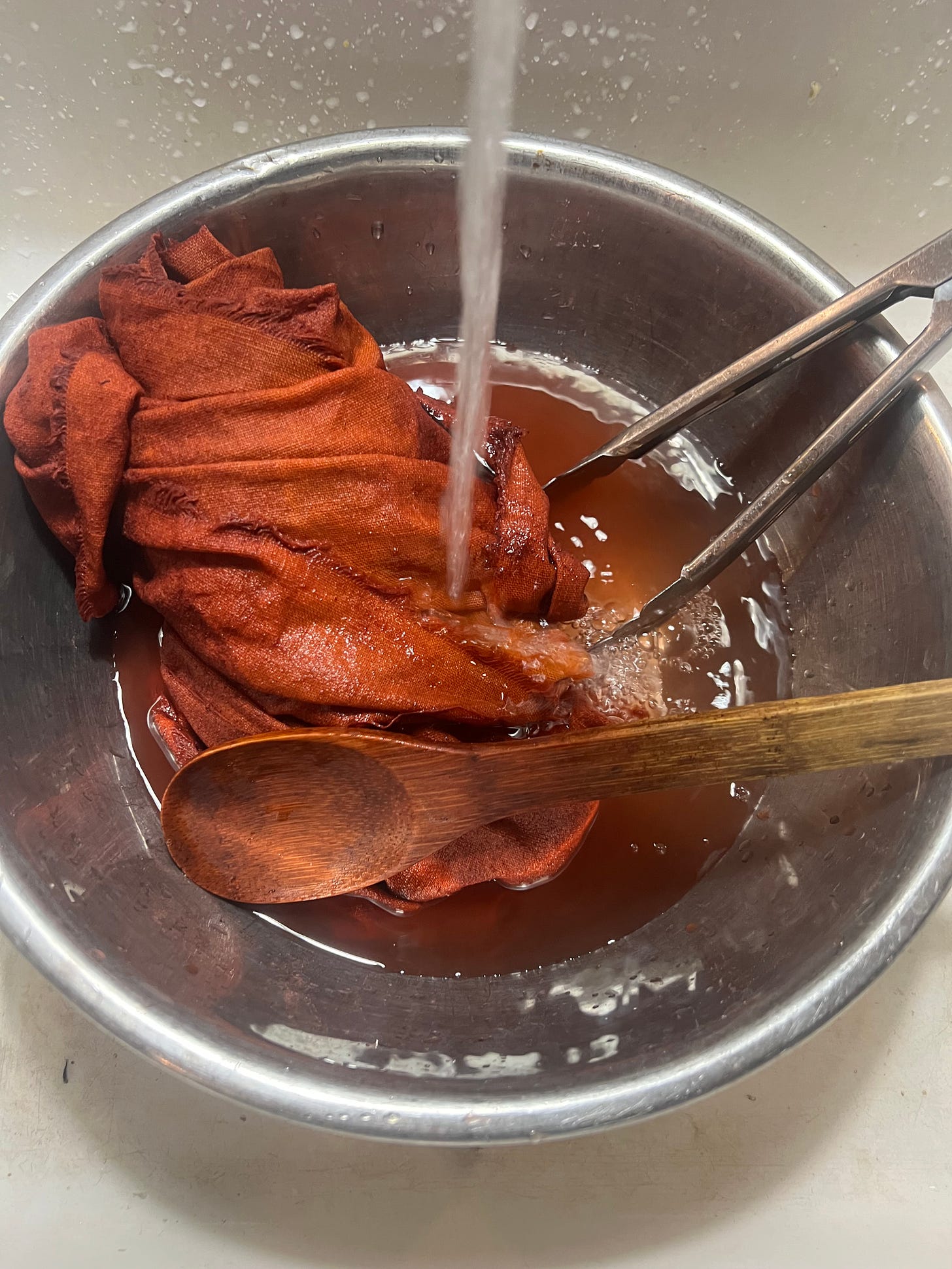
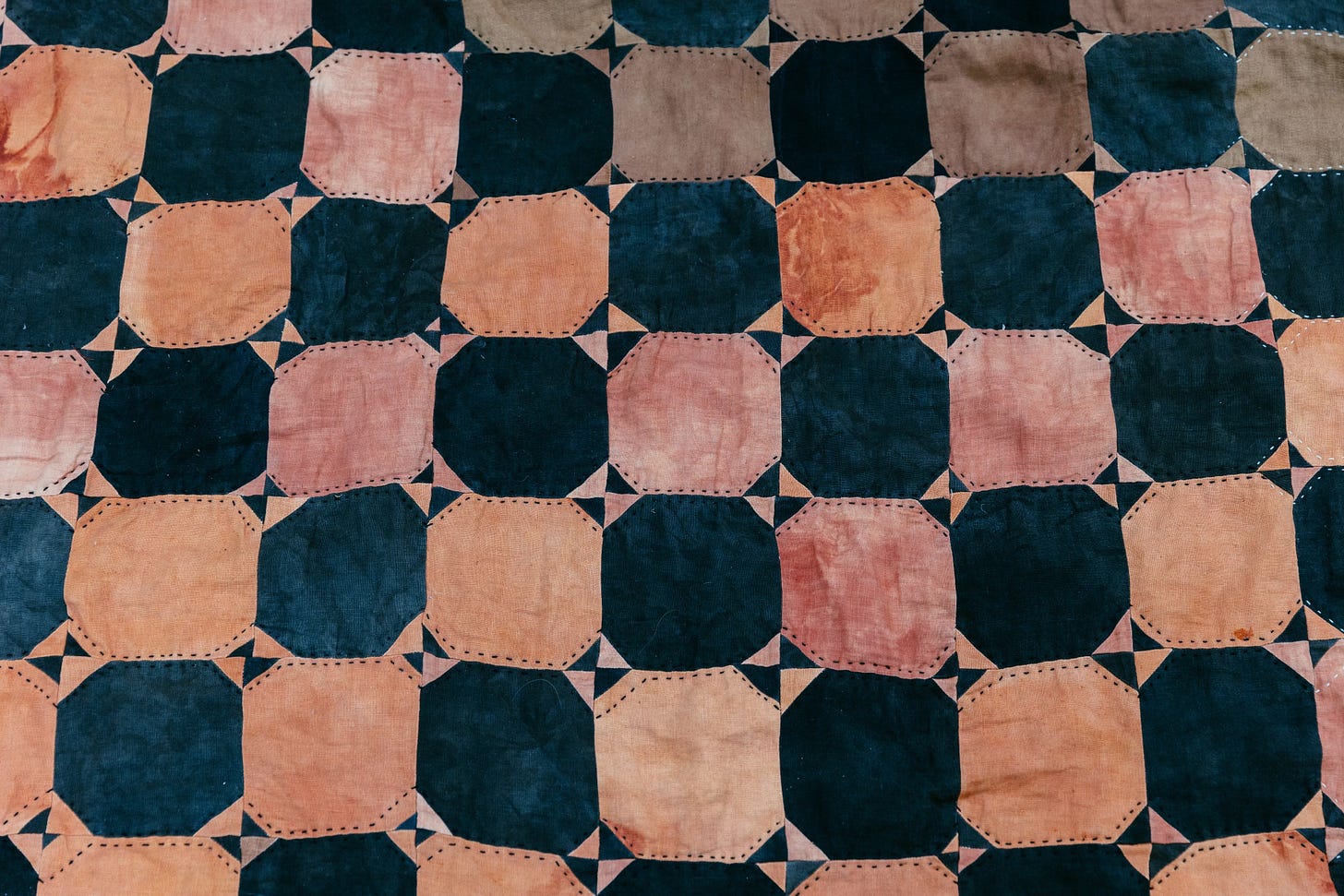











I enjoyed reading this post on working dirty. It's very encouraging!
Thank you so much for this post. Really helpful to me today!